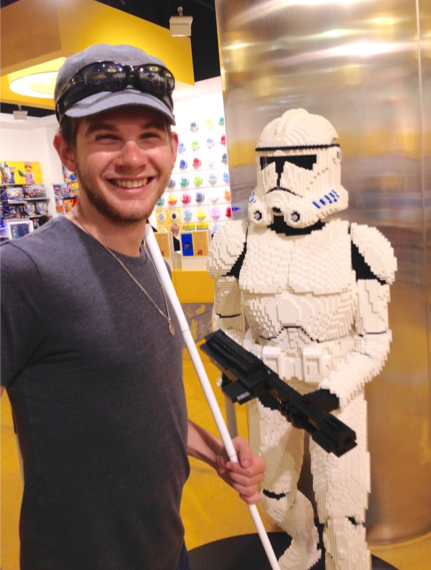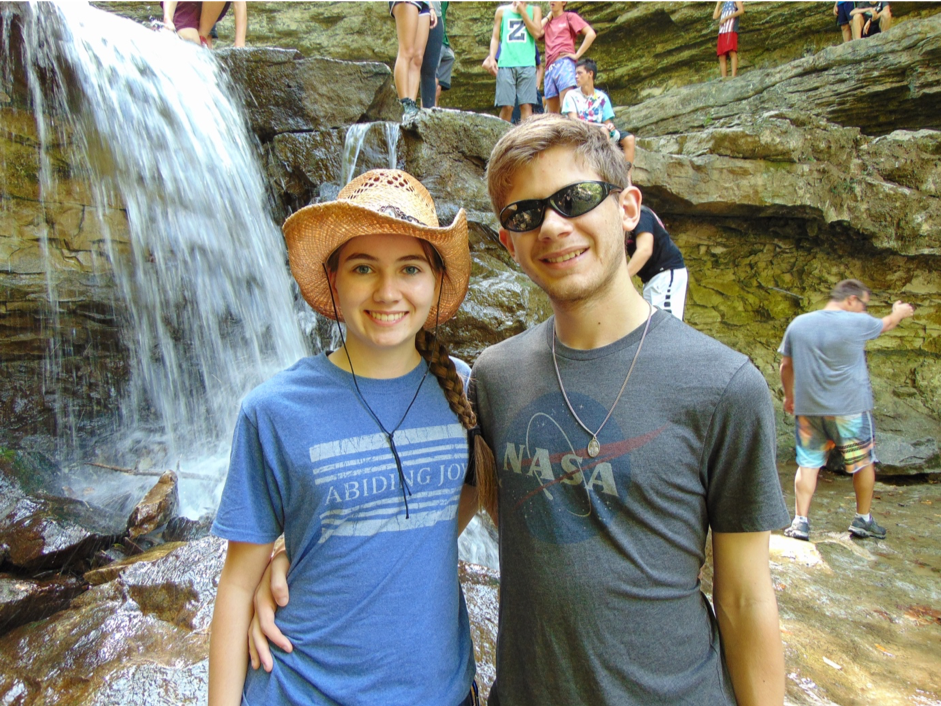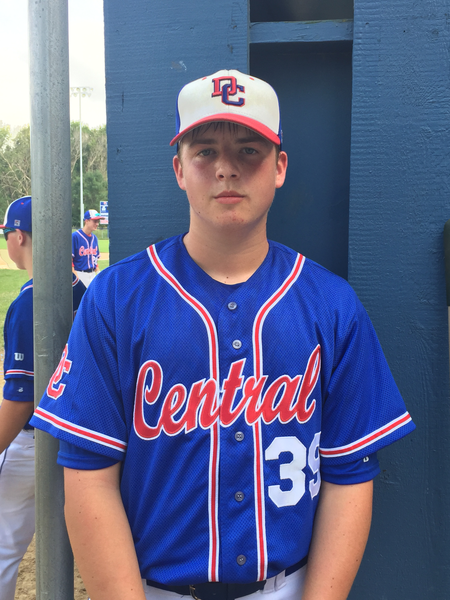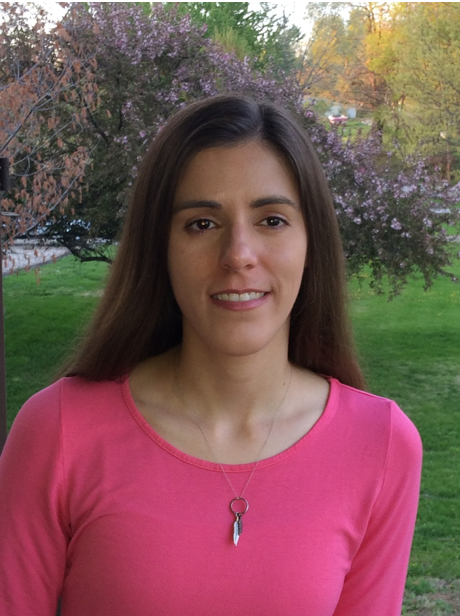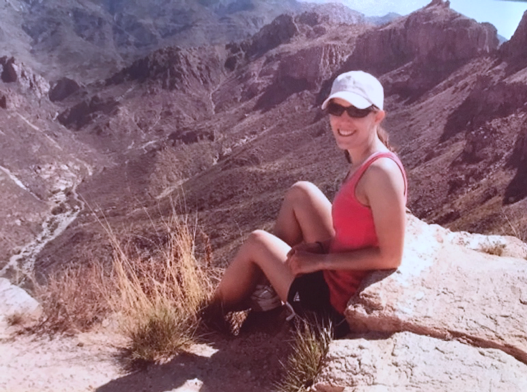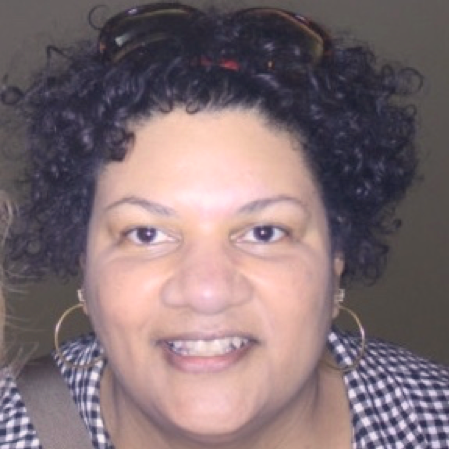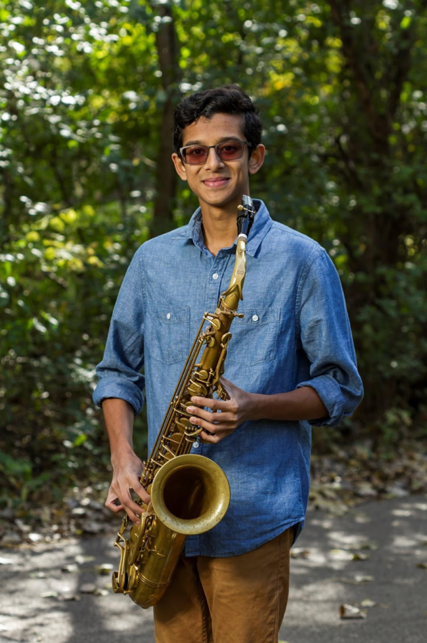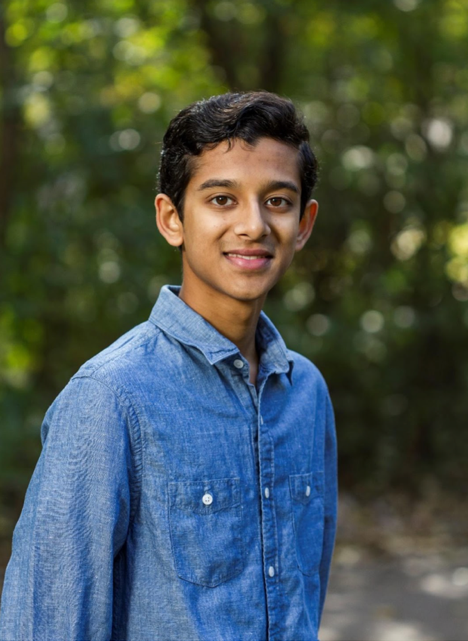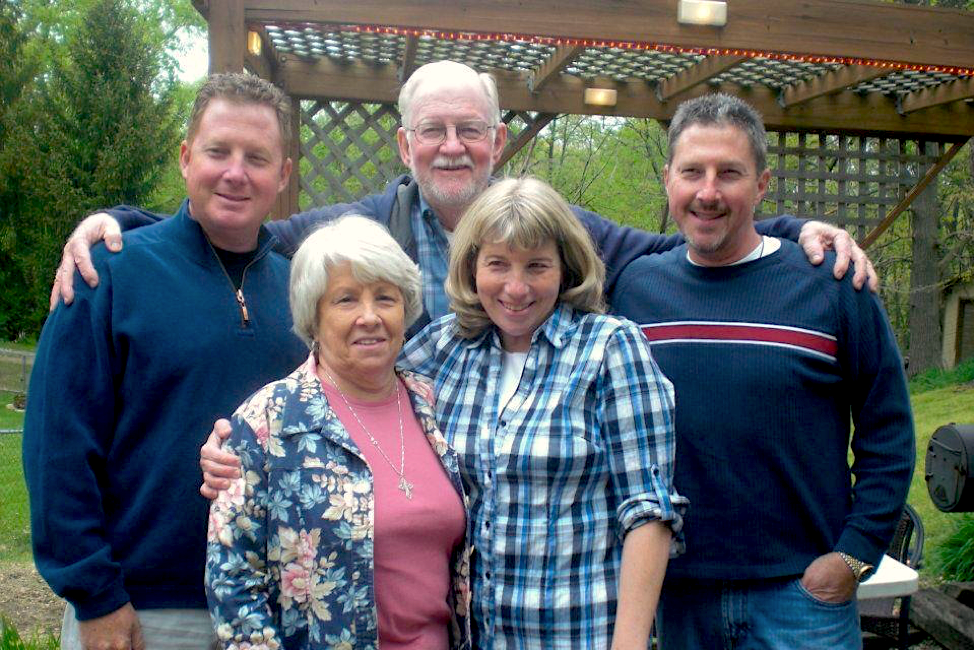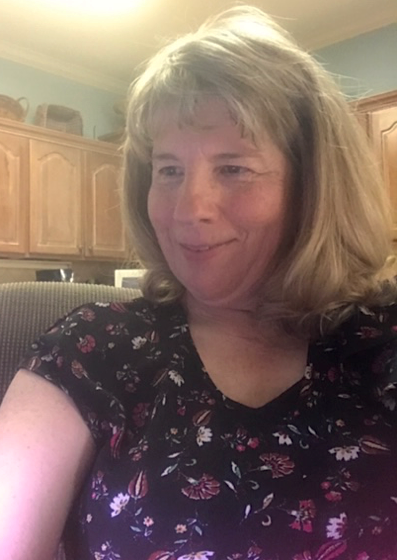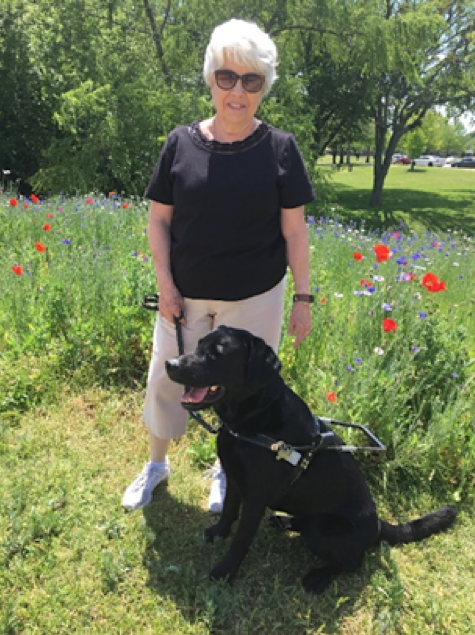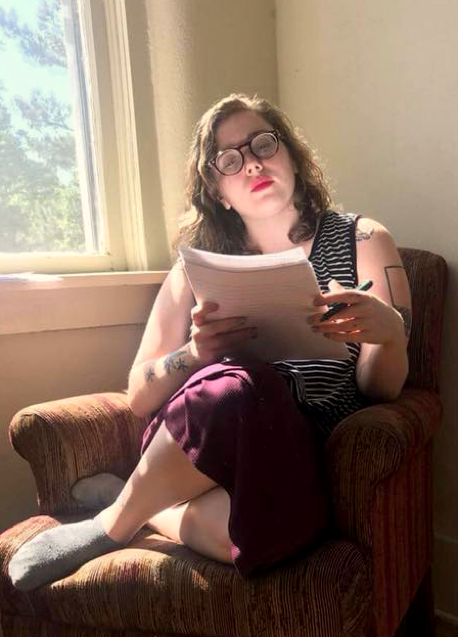Louie McGee
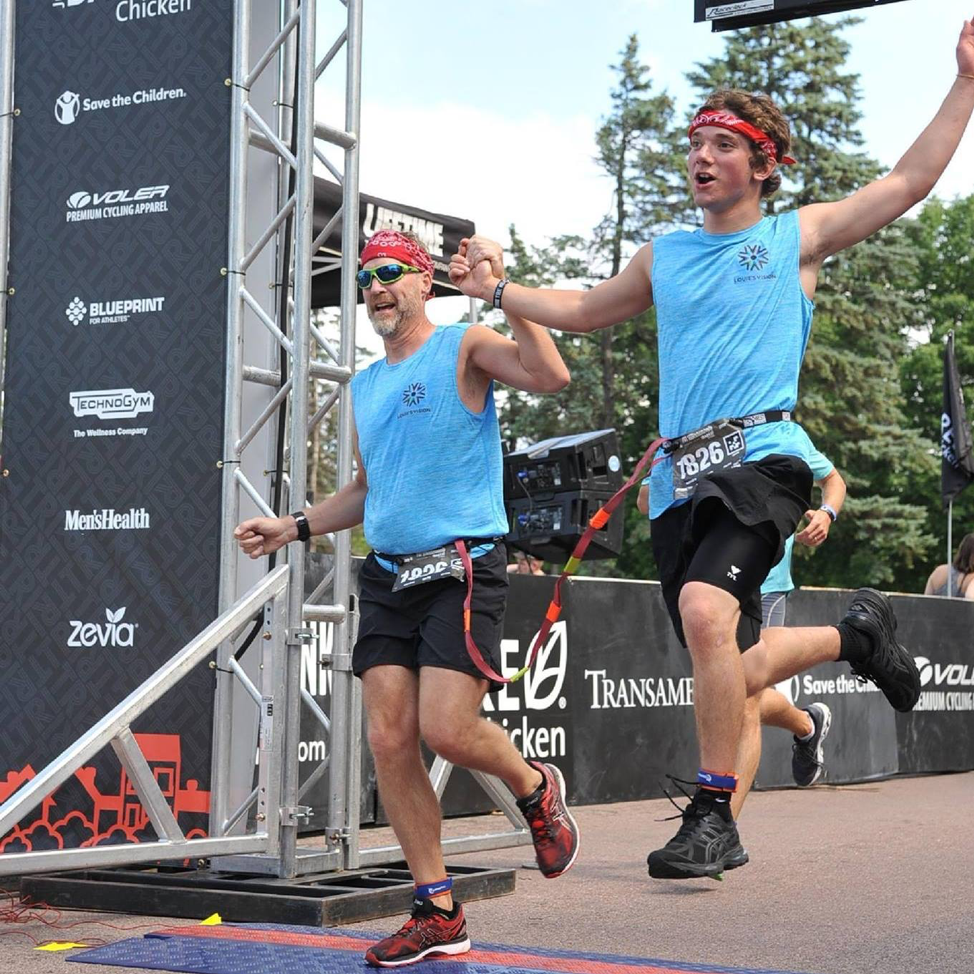
I am 19 years old and I live with Stargardt disease, a condition that limits my central vision. Shortly after I was diagnosed at age 5, my family and I found our way to Dr. Stone and the team at the University of Iowa. I have been lucky enough to have a great support system from the medical team in Iowa, my schools, my family and my friends. When I was 16, I started my own nonprofit, Louie’s Vision (www.louiesvision.com). By focusing on possibility rather than disability, we strive to provide visually impaired youth with opportunities to expand their life experiences and empower them to reach their fullest potential. We do this by focusing on awareness, confidence and accessibility. Through connections in the blind community, last summer I was lucky to participate in a leadership and adventure trip to the Grand Canyon. There were kids with blindness and fully sighted kids - all high school age. We hiked, climbed, and rafted in places that would have given my parents heart attacks - exploring 270 miles of the canyon. Additionally, last year I decided to train to complete the full Ironman. I saw the challenge of a 2.4 mile swim, 112 mile bike ride and a full marathon as a great platform to use to talk to other kids with blindness to find their own adventure. I completed the race with my guide in October. I have been fortunate to use the Ironman as the basis for sharing my story of possibility with so many through multiple speaking engagements over the past several months – including a TED talk with TEDx Minneapolis this summer. It is important to me to build strong networks for others just like the one I was fortunate enough to grow up in. I will continue to challenge myself to find ways to connect with kids and families dealing with blindness. This fall, I will head to the University of Minnesota ready to experience the intensity of college and the freedom of dorm living. I will study Psychology and go on to Law School. As for satisfying my need for adventure, I had such a powerful experience in the Grand Canyon and fell in love with the Colorado river that I plan to go back and kayak all 270 miles of white water at some point the next ten years.
As the IVR doctors and scientists search for a cure for blindness, I continue to move forward exploring what's possible and helping other kids like me get the most out of life. This dream is about empowering the blind community and making the most of what we have. After all, blindness is not as simple as black or light – and doing great things is never simple.


